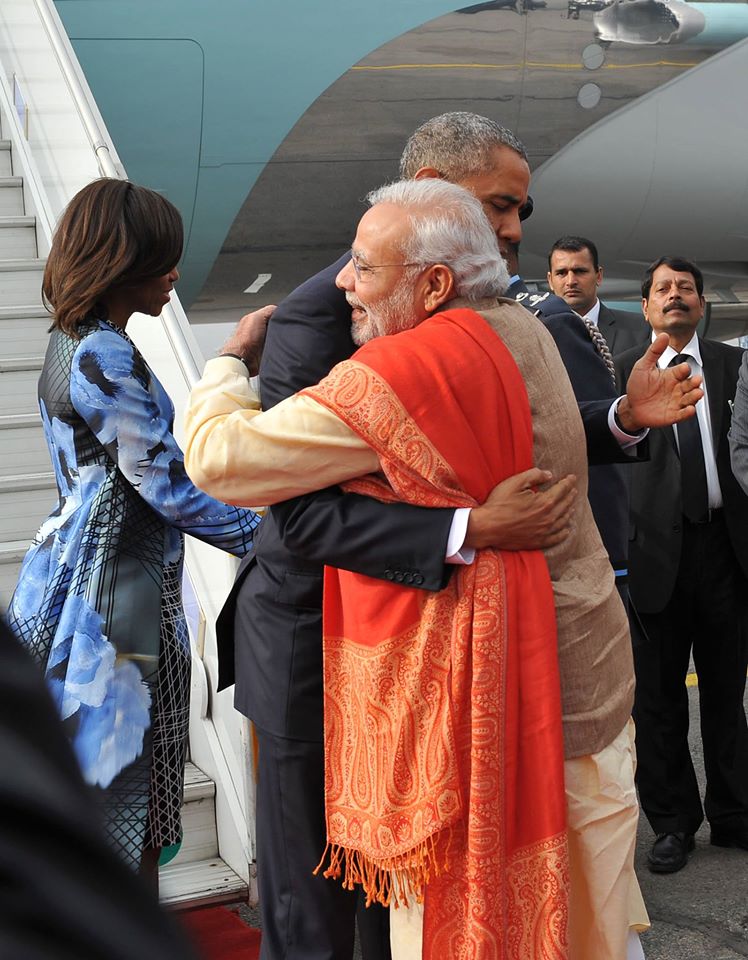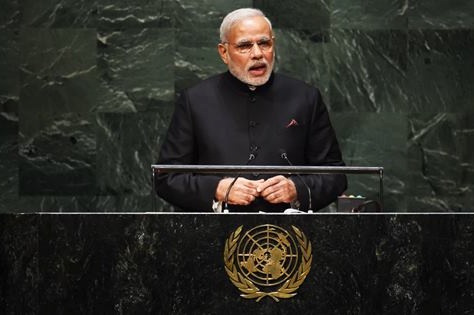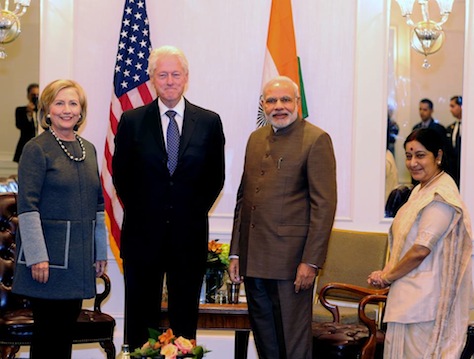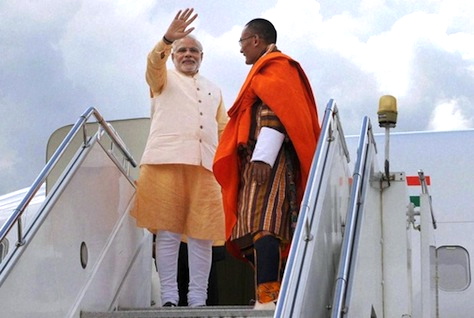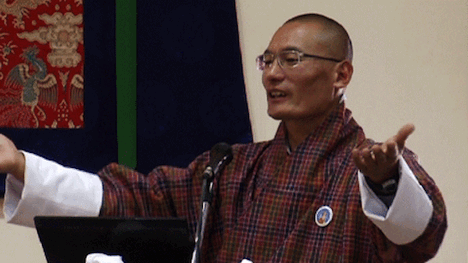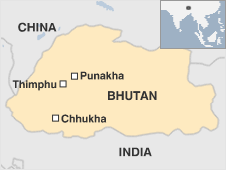The most incredible thing about US president Barack Obama’s most recent three-day trip to India, which began today, is that Indian prime minister Narendra Modi can pull off such a sincere welcome less than six weeks after citing Russia as India’s top defense partner, even as he and Obama would later announce a new US-India nuclear energy deal.![]()
Has any world leader had such a strong first nine months in office from a geopolitical strategic perspective?
Keep in mind that Modi, barred from the United States for nearly a decade due to his alleged role in the anti-Muslim riots in his home state of Gujarat, was not always particularly keen on strengthening relationships with the United States. Instead, on the basis of his work promoting Gujarat, it was always more likely that he would look to China, Japan, Russia and the United Arab Emirates, where he wooed investment to his own state. With his emphasis on turfing out the corrupt and ineffective leadership of the Gandhi family, and with relatively little commentary on India’s foreign policy, no one expected Modi to build so many bridges in such little time.
Within just nine months, Modi has been the guest of honor at a state dinner at the White House, and he packed Madison Square Garden, filled with tens of thousands of North Americans of Indian descent thrilled to hear from India’s most powerful leader in three decades. By all accounts, Modi and Obama have developed a strong working relationship, unique for an American president who isn’t particularly known for his chemistry with world leaders.
Today, however, Modi has the grin of a prime minister, who, despite a decade as a pariah throughout much of the West, now revels in being suited by everyone — not just the United States and Russia, but China, Brazil, Japan, Europeans, Africans. In foreign policy, Modi is running a positive-sum game. What other countries in the world could manage to nurture such close relationships, strategic and otherwise, with Russia and the United States simultaneously? (Serbia, maybe? The United Arab Emirates? The list isn’t incredibly long.)
Modi, whose social media use has been nimble, was quick to post a photo of his warm welcome for Obama early Sunday morning. But one look at his Facebook and Twitter feeds, which often border on the campy side, show that he doesn’t just delight in Obama — in 2015 alone, he’s featured shots with German finance minister Wolfgang Schäuble, Israeli agriculture minister Yair Shamir, Astrakhan provincial governor Alexander Zhilkin, Iranian presidential adviser Akbar Torkan, Canadian immigration minister Chris Alexander, Macedonian prime minister Nikola Gruevski, among many (many) others.
What’s becoming clear is that while Modi has taken only a gradual approach to reforming India’s government, slowly introducing changes to make the bureaucracy more efficient, the theme of Indian pride is constant in the Modi approach to both domestic and foreign policy. Continue reading Photo of the day: Obama meets Modi
